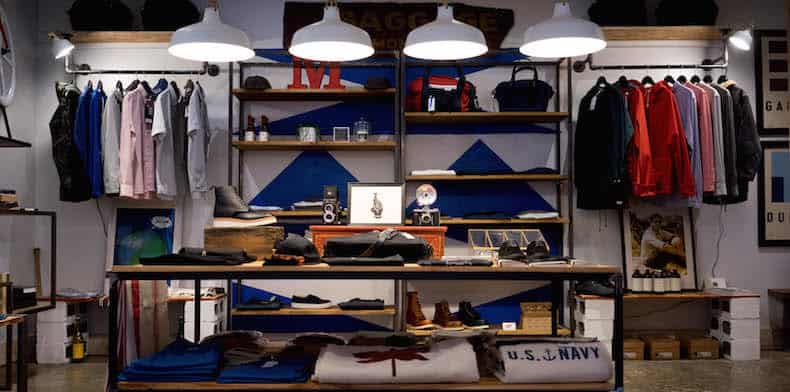The global smart shelf market is booming. There are several factors driving the growth of the smart shelf market. One of the key factors is the increasing demand for improved inventory management. Smart shelves can help retailers track inventory levels in real time, which can help them to avoid stockouts and overstocks. This can lead to improved efficiency and profitability.
Another driver of the smart shelf market is the growing popularity of e-commerce. E-commerce retailers are increasingly using smart shelves to track inventory in their warehouses. This helps them to ensure that they have the right products in the right place at the right time, which can lead to better customer satisfaction.
The COVID-19 pandemic has also had a positive impact on the smart shelf market. During the pandemic, many retailers were forced to close their physical stores. This led to an increase in demand for online shopping, which in turn led to an increase in demand for smart shelves by e-commerce retailers.
The smart shelf market is expected to continue to grow in the coming years. Some of the key trends that are expected to drive the market include:
- The increasing adoption of RFID technology: RFID technology is used to track the movement of products in real time. This makes it a valuable tool for inventory management and loss prevention.
- The growing popularity of self-service checkout: Smart shelves can be used to enable self-service checkout, which can improve the customer experience and reduce labor costs.
- The increasing demand for personalized shopping experiences: Smart shelves can be used to collect data on customer behavior, which can be used to create personalized shopping experiences.
Here are some actionable insights for retailers who are considering deploying smart shelves:
- Start small: Don’t try to deploy smart shelves in your entire store all at once. Start with a small pilot project to test the technology and see how it works for your business.
- Choose the right technology: There are a variety of smart shelf technologies available. Do your research to choose the technology that is right for your needs.
- Integrate with your existing systems: Smart shelves should be integrated with your existing inventory management and POS systems. This will ensure that you are getting the most out of the data that the smart shelves collect.
- Train your staff: Your staff needs to be trained on how to use the smart shelves and how to interpret the data that they collect.
The smart shelf market is a rapidly growing market with a lot of potential. By understanding the trends and challenges in the market, retailers can position themselves to take advantage of this growth.
Smart Shelves: A New Way to Enhance the Shopping Experience
- The Smart Shelf Market size is estimated at USD 3.77 billion in 2023, and is expected to reach USD 10.29 billion by 2028
- The retail and grocery sectors are the major end-users of smart shelves.
- Some of the leading players in the smart shelf market include: Avery Dennison Corporation, AWM Smart Shelf, Huawei Technologies Co. Ltd, Dreamztech Solutions Inc., E Ink Holdings Inc., Focal Systems Inc., Happiest Minds Technologies Limited, and many others.
I hope this blog article has given you a better understanding of the smart shelf market. If you are a retailer, I encourage you to consider deploying smart shelves in your store. They can help you to improve inventory management, boost sales, and provide a better shopping experience for your customers.
You may also be interested in: 6 eCommerce Marketing Trends to Grow Your Small Business in 2022 & Beyond
Book a Free Demo and experience Brightpearl, the #1 Retail Operating System for Multichannel Ecommerce in action with a complimentary, no-obligation session tailored to your business needs.




